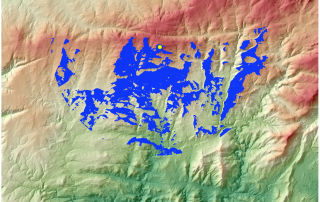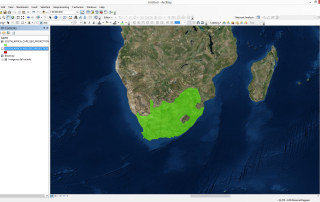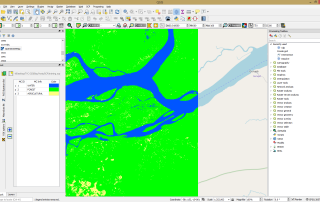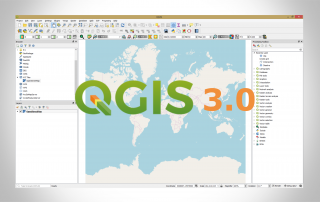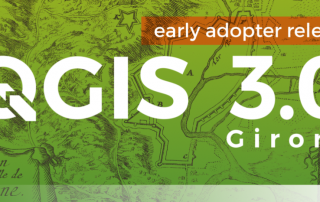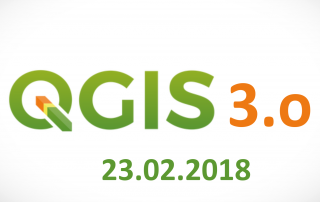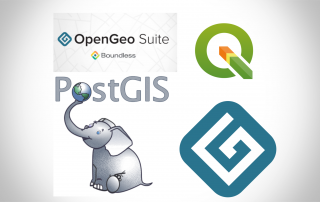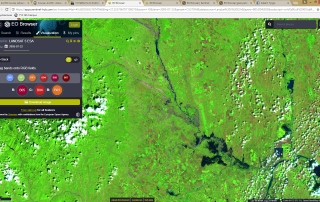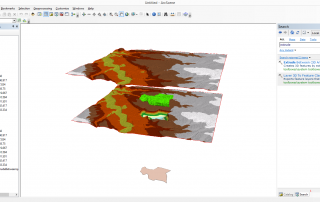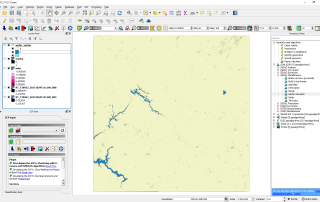How to create a Visibility Analysis with QGIS
The view matters. Visibility analysis are important from the planning point of view. Visual analysis tools allow you to generate visibility studies over an area, creating an output raster that display what entities can be seen over a certain landscape, from the point of view of one or more observatory. They are used mainly for the planning [...]

